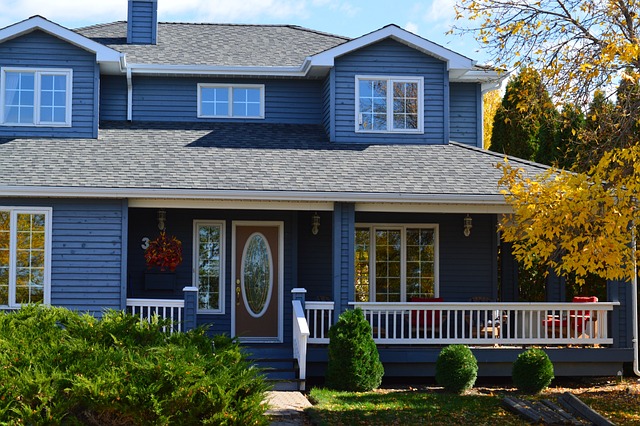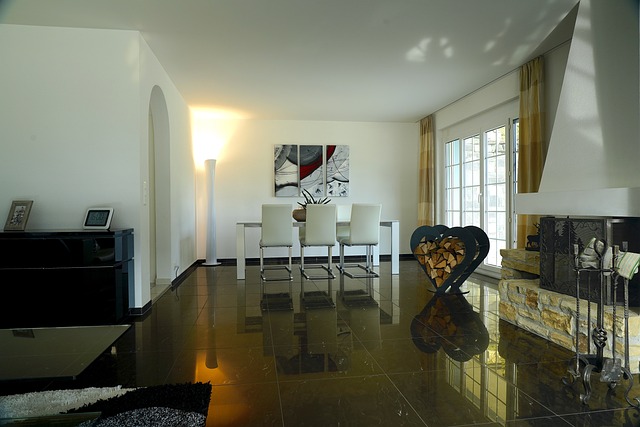Singapore 2021: Executive Condos as Popular BTO Choice

In 2021, Singapore saw a surge in popularity for Executive Condos (ECs) as Build-To-Order (BTO) housing options. ECs cater to high-income earners and families seeking luxurious homes at more affordable prices compared to private condos. This trend is driven by…….








